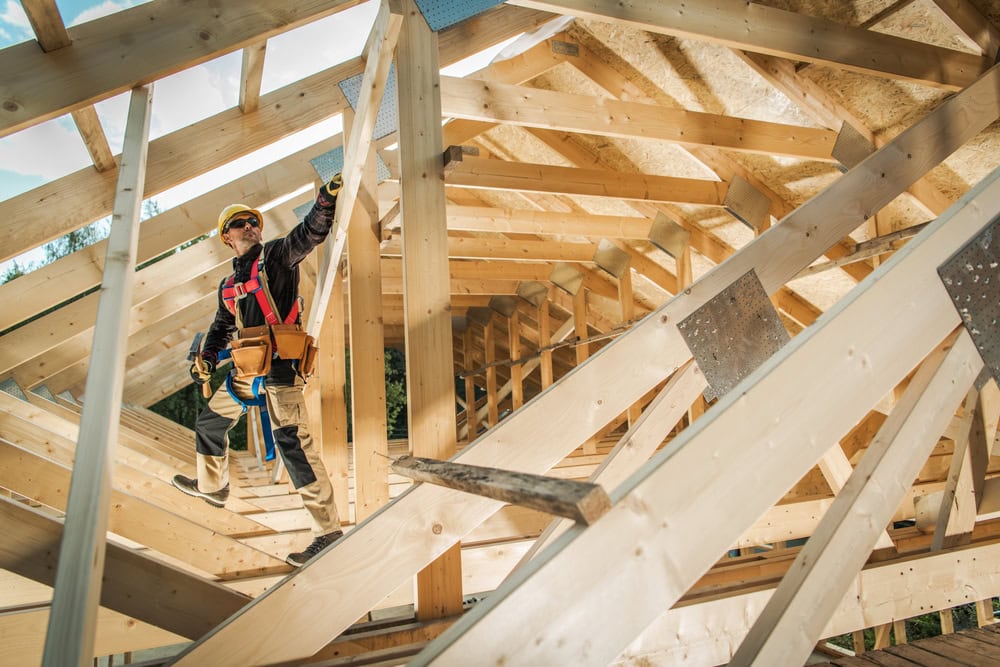What Is a “Notice to Owner” and When Do You Need One?
If you’re preparing for your California contractor license exam, you’ve probably come across the term Notice to Owner. At first glance, it might sound like just another form to add to a project file. But in truth, understanding the purpose and proper use of this document could make the difference between protecting your right to get … Read more










